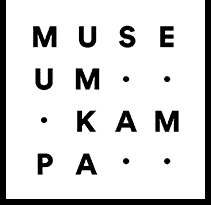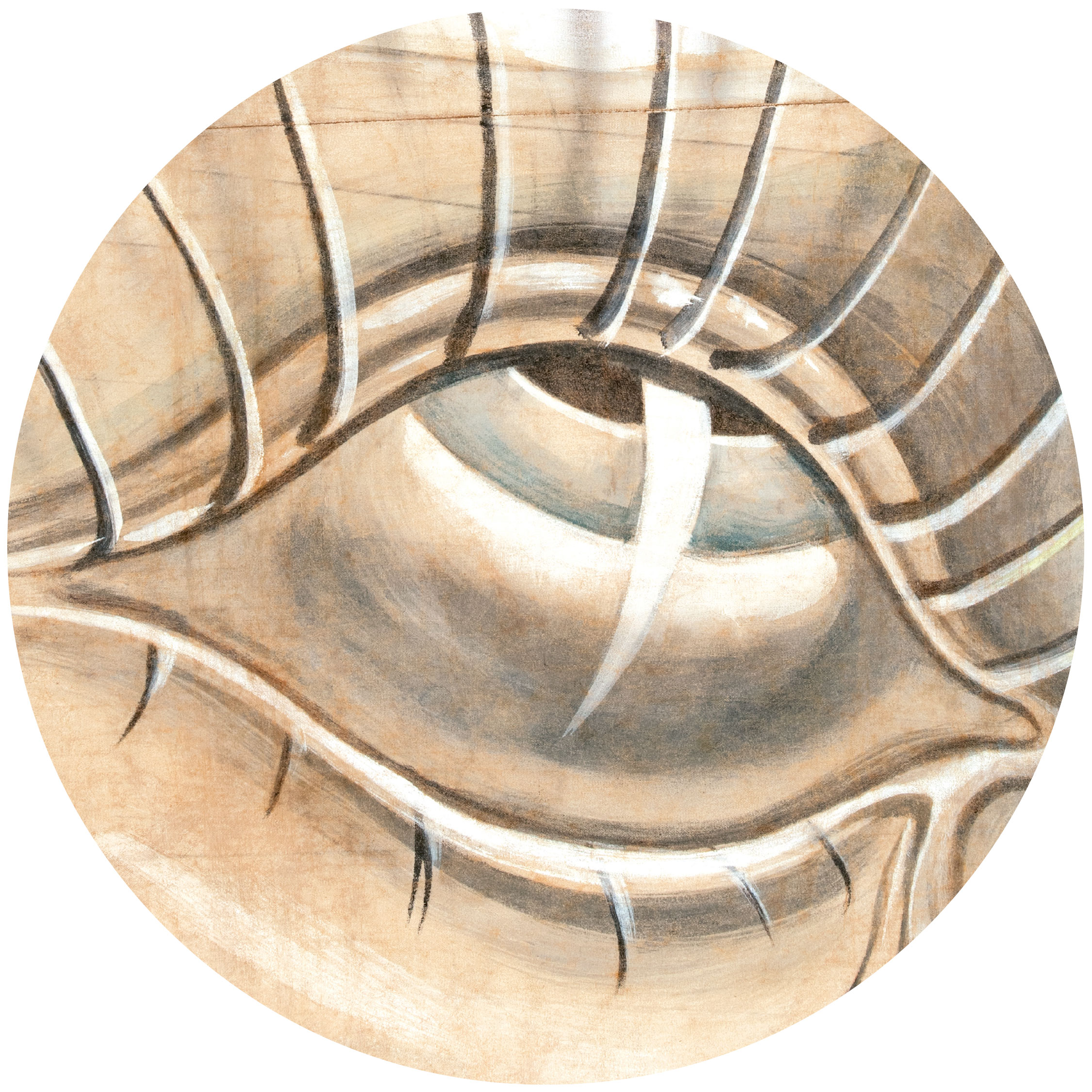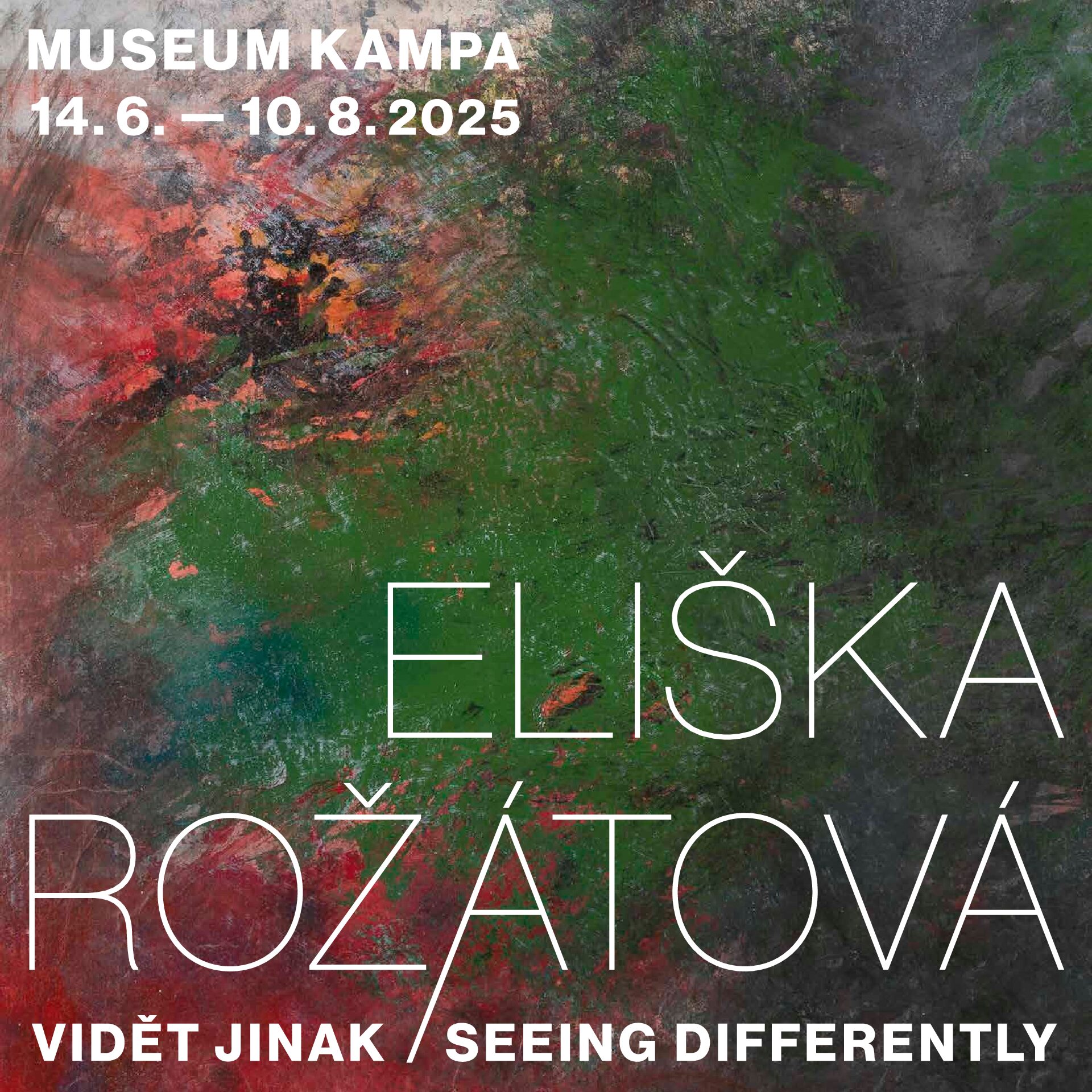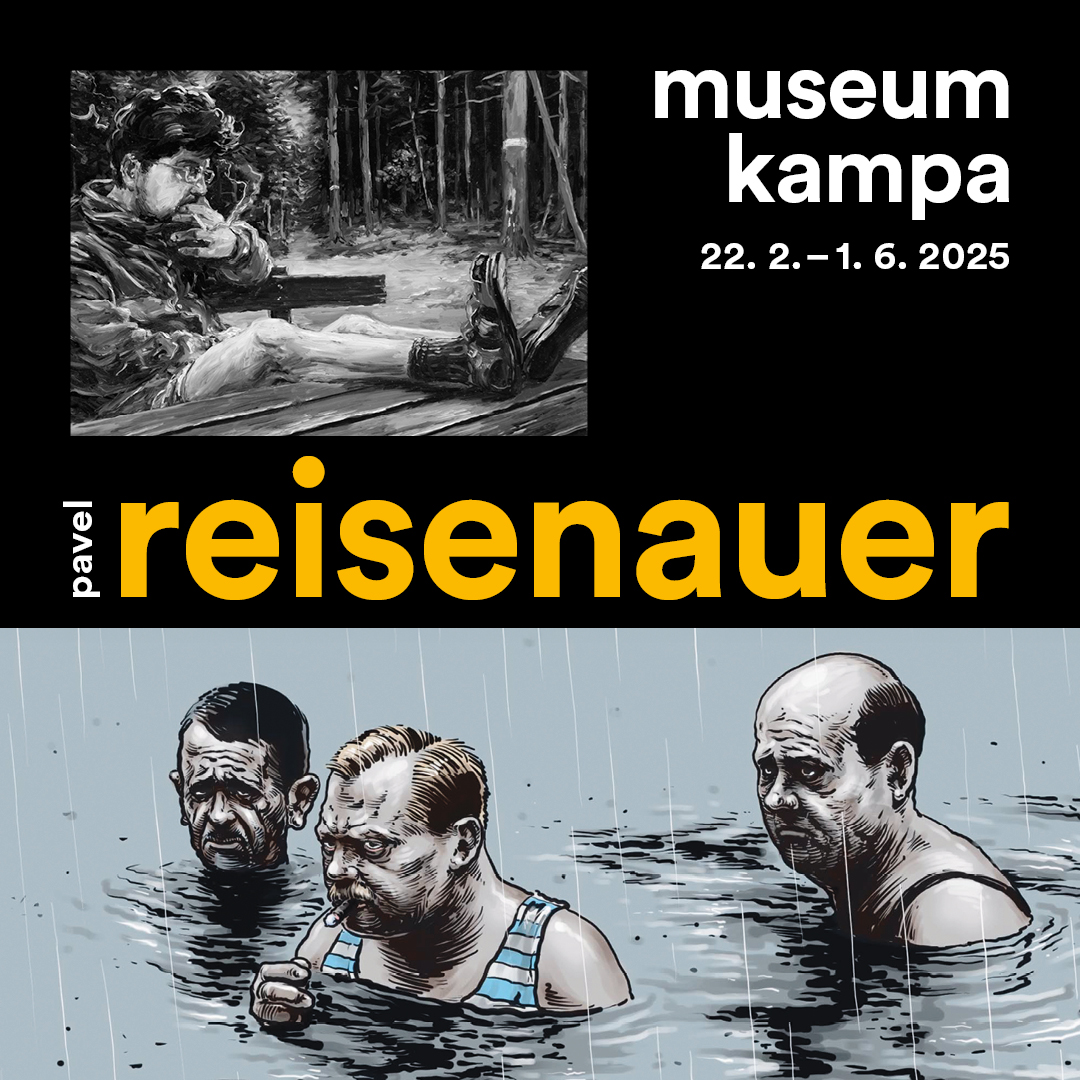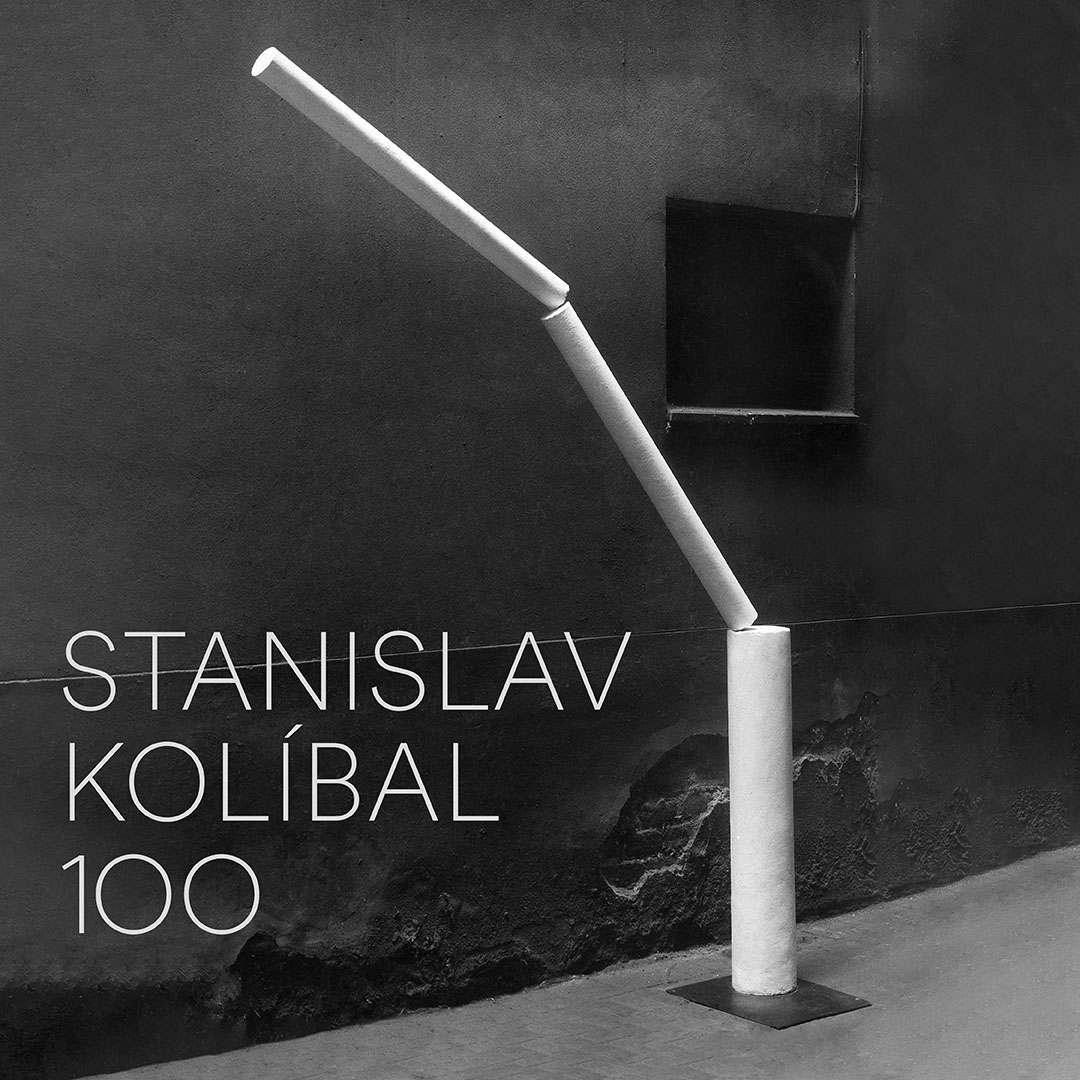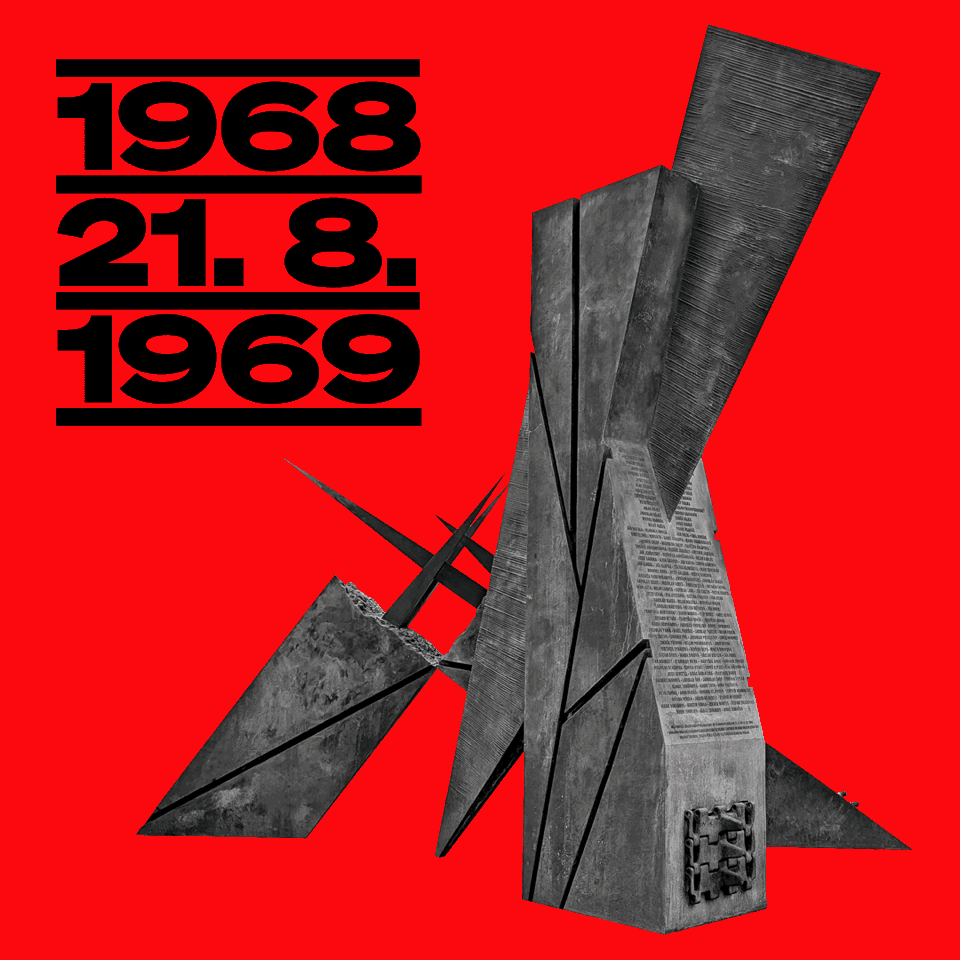The Eye in Art 1900-2025
[vc_row content_text_aligment="" use_row_as_full_screen_section="no"][vc_column][vc_custom_heading text="28/6 – 12/10" font_container="tag:h3|text_align:left" use_theme_fonts="yes"][vc_custom_heading text="The Eye in Art 1900-2025" use_theme_fonts="yes"][/vc_column][/vc_row][vc_row content_text_aligment="" use_row_as_full_screen_section="no"][vc_column][vc_column_text]Seeing is a miracle. To see is to know; we equate the eye with knowledge. We say, for example: What the eyes don't see, the heart doesn't grieve over. The eye appears to be a gateway through which the outside world penetrates us. The eye is an important channel of communication, a window to the soul, a portal to the imagination. The eye takes on the symbolism of a guardian, of control. We, the inhabitants of a world of surveillance, watched every second of our lives, on our way to work, in shops, and through our own electronic devices, know this well. Artists perceive the eye as a door, a kind of mirror, a motif of transition to other dimensions. We have long been aware of the all-seeing eye of the lens, we like to call cinemas OKO (eye) and understand them as a tunnel into the world. There is no escaping the eye. In paintings, objects, videos, and works on paper, you will see treasures from the museum's collections, supplemented by loans from institutions, private collectors, and authors. These include František Kupka, Salvador Dalí, Man Ray, Andy Warhol, André Derain, Jan Zrzavý, Toyen, František Muzika, Mikuláš Medek, Květa Válová, Dalibor Chatrný, Adriena Šimotová, Karel Pauzer, Karel Nepraš, Milan Knížák, Milan Kunc, Jiří David, Jaroslav Róna, Patricie Fexová, Milan Cais, Josef Bolf, Krištof Kintera, Masker, Jaroslav Vožniak, Pavel Nešleha, Milan Cais, Václav Chochola, Jindřich Štyrský, Václav Zykmund, Václav Tikal, Jaromír Funke, Emila Medková, Josef Dumek, Alén Diviš, Ondřej Navrátil, Lukáš Rittstein, Jan Adamec, Diana Winklerová, Jan Hísek, Luboš Plný, Rudolf Adámek, Anežka Hošková, Jiří Černický, Björn Steinz, Matyáš Maláč, Miloš Ševčík, Naďa Plíšková, Zdenka Hušková, Vladimír Houdek, Nik Timková, Jan Konůpek, Radka Bodzewicz, Yvonne Vácha, Marie Lukáčová,
